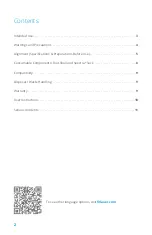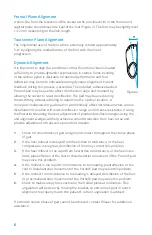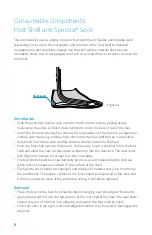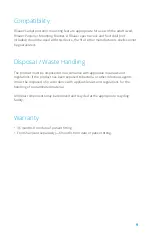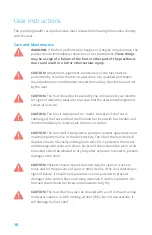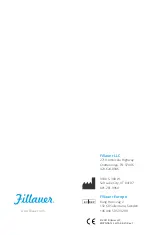
7
Installation of the Foot
The Aeris Activity can be directly mounted to the socket or attached using the Posterior
Mounting Bracket, PN 180-10-2000. If using the Posterior Mounting Bracket, follow the
instructions included with it.
To mount the foot directly to the socket:
1.
Determine the approximate location of the foot on the socket.
2.
The distal end of the socket should be no greater than ⅜ inch (10 mm) from the
dorsal surface of the upper carbon plate or attached foam bumper (Figure 3).
This allows proper function of the toe. A piece of ¼ inch (6 mm) Poron with
adhesive backing is supplied, but crepe applied to the distal end of the socket
can also be used to tighten the gap and to fine tune the dorsiflexion
characteristics of the foot.
Figure 3
Gap not to exceed
⅜ in. (10 mm)
¼ in. (1.3 cm)
Adhesive
Backed Poron
3.
If lower build height is needed, the foot may be placed in contact with the socket,
but a piece of PTFE film tape, such as Shearban® must be used in the interface
and will need more frequent replacement. The patient may also note an audible
contact between the foot and socket when thinner materials are used in the
interface. It should also be noted that the foam interface should extend from the
anterior contact point of the socket back to a point on the pylon that prevents
direct contact with the socket (see Poron location in Figure 3).
4.
With 80 grit sand paper, sand the area of the socket where the foot will be
bonded ~ 3 × 3 inch (7.6 × 7.6 cm).
5.
Sand the foot in the same area to prep for bonding.
6.
Clean both surfaces thoroughly with rubbing alcohol.
7.
Bond the foot to the socket with +PLUSeries® Composite 1 Minute Adhesive or
equivalent .
8.
Wrap with fiberglass casting tape to test alignment.
9.
Remove foot to change alignment and retape.
10. When proper alignment is obtained, laminate the foot to the socket using
sufficient carbon to prevent the foot from tearing out.


